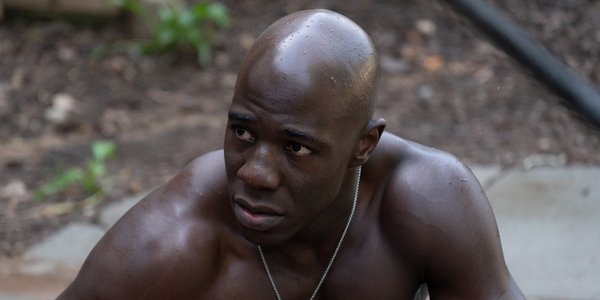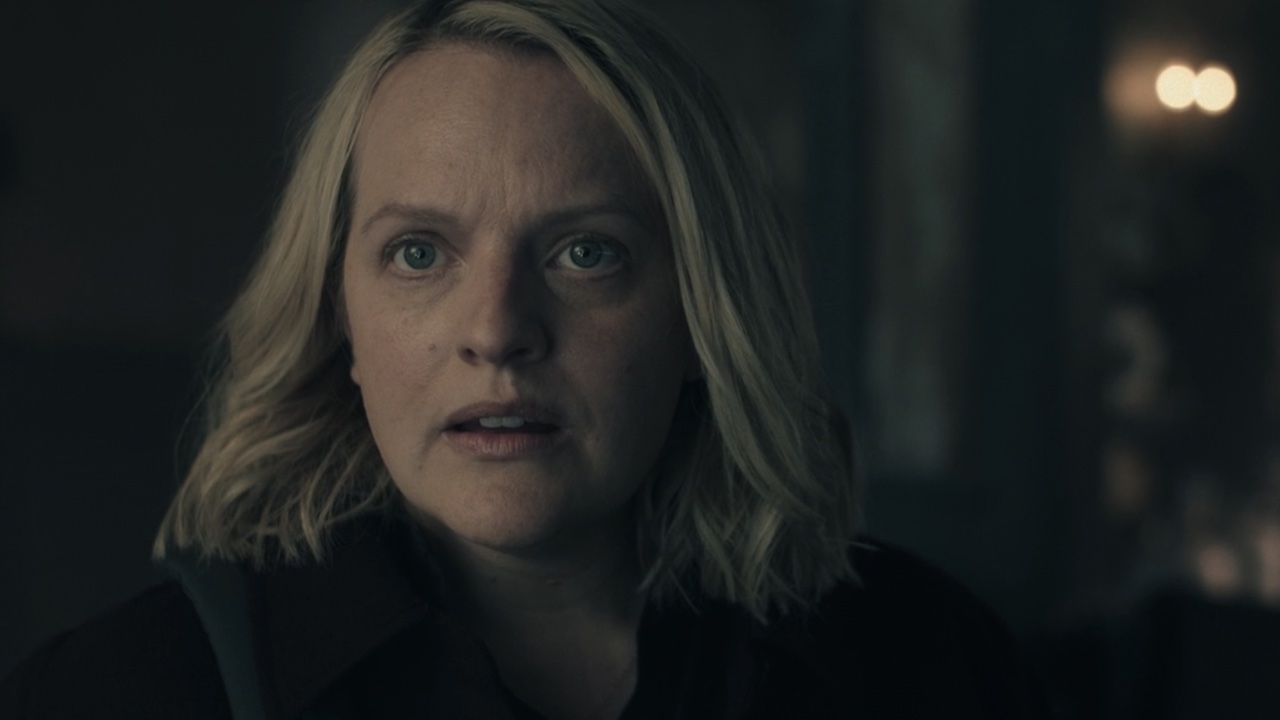Why The Passage Gave The Virals Such Sympathetic Backstories


Spoilers ahead for Episode 4 of The Passage Season 1, called "Whose Blood is That?"
The Passage may be a show featuring a desperate mission to stop people who drink blood and can't bear the feel of sunlight, but it's not just another vampire show. In fact, the "vampires" aren't even vampires. While the virals of The Passage outwardly seem like monstrosities who lost all of their humanity and exist only to hunger and attack, there's more to them than what meets the eye, and two of them have already gotten very sympathetic backstories.
Executive producer Jason Ensler recently spoke with CinemaBlend, and he explained why the virals got such sympathetic backstories (that often differ from the books) when all signs point toward them as the villains of the series:
I think to go for the sympathetic backstory with characters like Babcock and Carter, I think it allows the audience a way to a three-dimensional human being. And it also supports the theme that nobody is good or bad, that people are living in the grey areas in their decision-making and in their lives. Sykes is struggling with the decision to bring in a child, as is Lear. They both have different points of view on the ethical dilemma, and at the same time, once you see Babcock's backstory, you're able to see her as a full human being. I always think that's more interesting storytelling than a two-dimensional bad guy. In the minds of every character, I think it's important to see their point of view. The best bad guys, you see that they're doing what they think is right.
Given that the virals (with the exception of Fanning) were death row inmates prior to being infected, it would have been believable if they were all loathsome people who had done such despicable things that viewers would have no qualms about rooting against them. "Whose Blood is That?" revealed that at least some of them are loathsome, as one was identified as a rapist and murderer. Thanks to the last two episodes, however, we know that Shauna Babcock and Anthony Carter are more complicated.
In "Whose Blood is That?" on February 4, viewers learned why Carter was on death row and why he was the only one who never tried to insist that he was innocent of whatever crime had him slated for execution. As it turns out, Carter was convicted of murdering the woman he loved, Rachel. She was a troubled woman who nonetheless truly seemed to love Carter, which is why the twist that she was married throughout their whole relationship was so devastating.
Carter learned that Rachel was married when she came home, crying, terrified, and sporting an ugly bruise on her face. Her husband had hit her, and she needed to gulp down some wine before she could even begin to tell the story. He was still upset and confused, but they went to bed together. Unfortunately, when Carter woke, it was to find her facedown in the pool, dead.
Rachel had been killed by her husband, who framed Carter. For his part, Carter blamed himself for not forgiving her and helping her that awful night, so he accepted the blame... and that nobody would believe him over her rich husband anyway. He replayed the events over and over again, torturing himself. Carter's backstory is certainly tragic, and that makes what happened to him all the worse.
CINEMABLEND NEWSLETTER
Your Daily Blend of Entertainment News
"Whose Blood is That?" saw Carter finally succumb to the effects of the infection, and he couldn't get Fanning out of his brain. He was given a choice: he could either die or he could give into Fanning and become a viral. Well, The Passage wouldn't be much of a show if all of the morally gray characters made the right decisions all the time.
Carter gave into Fanning, seemingly losing his identity in the process. His eyes turned yellow, and he attacked, killing a medic and splashing Dr. Lear across the face with blood. At the end of the episode, it wasn't yet clear if the blood belonged to Carter or the person he'd killed. Bad news for Dr. Lear, but can we really 100% blame Carter? Of course he didn't want to die, and he didn't know exactly what he would become!
And then there's Babcock.

In last week's episode, we learned that Shauna Babcock was 100% guilty of killing her mother and her stepfather. Killing her mother was in the heat of the moment, but she slowly and deliberately went after her stepdad. If not for the rest of her flashbacks that she sent into Richards' mind, we would have had no reason to think her anything but a murderous monster.
Instead, the episode revealed that she had been raped and abused by her stepfather, and her mother was well aware and did nothing to try and protect her daughter. When Babcock learned of her mom's betrayal, she snapped and killed them both. It was an awful, bloody, traumatizing affair, and her sympathetic backstory gave viewers a reason to become invested in her and a reason to not want Richards to go through with euthanizing her.
When I asked executive producer Jason Ensler about filming the "execution" scene, he said this:
We struggled with that, because burning someone alive is a sadistic exercise, but we weighed it against other options of shooting her or drugging her. It seemed the most visual option, and in a way, the sadistic approach of burning her alive spoke to the mythology of who these creatures were and how they suffer. They heal so quickly and they're very hard to kill. It also gave Richards time, because burning takes a long time to take effect, it gave us story time so that Richards could experience the final flashback of Babcock, and then save her at the last second. So it was both a story device and a world-building character exercise... [I]t also sets up a story later in Season 1 in terms of trying to kill the virals. I'm not going to say more than that, but it's the A side of a larger story.
To execute Babcock, Richards had her hauled into a chamber that he filled with blinding light, burning her alive as only virals/vampires can be. Rather than attempting a faster method of killing her, such as shooting her in the head (which "Whose Blood is That?" proved he is quite willing to do to people), he went for burning her. The good news is that burning to death is a slow enough process that Babcock exposed him to the final pieces of her tragic backstory, and he spared her.
We haven't gotten to see a twisted version of Carter yet like we have of Babcock, but the odds are pretty good that his story could go a long way in keeping viewers at least somewhat sympathetic to him once we witness just how far he's fallen. Are he and Babcock gone for good? Only time will tell. Jason Ensler did tease that Richards' aborted attempt to kill Babcock set up a story about killing virals later in the season, so we can expect that particular plot to come back.
Jason Ensler also revealed some key reasons why viewers should watch The Passage weekly rather than wait to binge-watch. Tune in to Fox on Mondays at 9 p.m. ET for new episodes of The Passage. For some additional viewing options, swing by our midseason TV premiere schedule.

Laura turned a lifelong love of television into a valid reason to write and think about TV on a daily basis. She's not a doctor, lawyer, or detective, but watches a lot of them in primetime. CinemaBlend's resident expert and interviewer for One Chicago, the galaxy far, far away, and a variety of other primetime television. Will not time travel and can cite multiple TV shows to explain why. She does, however, want to believe that she can sneak references to The X-Files into daily conversation (and author bios).









